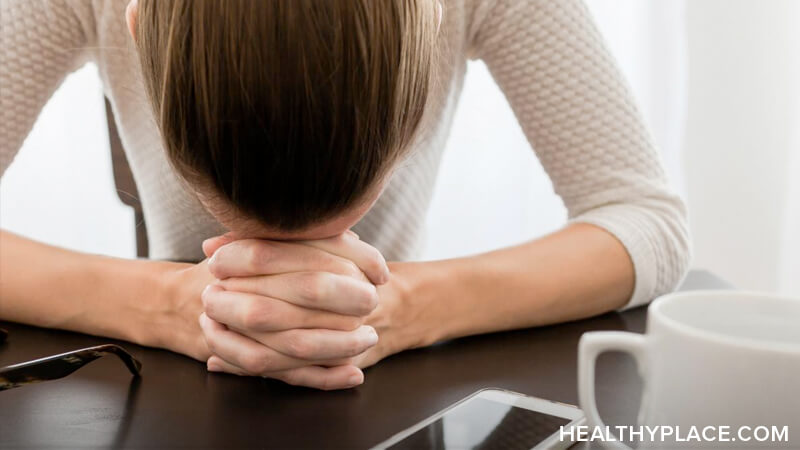Date Rape Drugs - What You Need To Know About Them
On college campuses, at dance clubs and private parties across the country, predator drugs are used to make women and men sexually vulnerable and open to rape. This article focuses on three drugs threatening personal safety:
- Rohypnol (Roofies, Rope, Ruffies, R2, Ruffles, Roche, Forget-pill)
- Gamma Hydroxy Butyrate (GHB, Liquid Extacy, Liquid X, Scoop, Easy Lay)
- Ketamine Hydrochloride ('K', Special K, Vitamin K, Ket)
Rohypnol
It is a potent tranquilizer which produces a sedative effect, amnesia, muscle relaxation, and slowing of psychomotor response. The pill is distributed in 0.5,1.0 to 2.0 milligram form (Restrictions have been placed on the 2.0 mg form). It is colorless, odorless, and tasteless and dissolves without leaving any traces. It takes effect approximately 10 - 20 minutes after ingestion. Rohypnol can be added to any liquid (effect lasting 2-8 hours) but when added to alcohol it produces disinhibition and amnesia (effect lasting 8 - 24 hours). Rohypnol can be detected in the blood for 24 hours and in the urine for 48 hours. Some individuals use Rohypnol as an alcohol extender for a rapid and dramatic high. This is something to watch for in social settings if individuals seem extremely intoxicated after consuming only a small amount of alcohol. Hoffman-La Roche changed the formula so trace particles or a color would appear when Rohypnol is dissolved.
Street Names: Roofies, Rope, Ruffies, R2, Ruffles, Roche, Forget-pill.
GHB
It is an odorless, colorless, liquid depressant with anesthetic qualities. It is also used as an amino acid by bodybuilders. GHB is usually distributed as a sodium salt in powder or tablet form commonly dissolved in water. This drug gives a feeling of relaxation, tranquility, sensuality, and loss off inhibitions (especially for women). The drug takes effect 10 - 15 minutes after ingestion and lasts 2 - 3 hours unless combined with alcohol, where effect may last 20 - 30 hours. Large doses can induce sudden sleep within 5 - 10 minutes.
Street Names:: Liquid Extacy, Liquid X, Scoop, Easy Lay.
Ketamine
Street Names: 'K', Special K, Vitamin K, Ket.
HOW TO PROTECT YOURSELF:
- Don't drink anything out of a punch bowl..
- Monitor the behavior of friends who seem more intoxicated than the amount of alcohol would warrant.
- Never accept a drink from someone you don't know and trust.
- If you hear someone "kidding" about date rape drugs, pay attention. That should be a warning to leave that party or individual.
If a rape victim suspects he/she has been drugged, he/she should request a drug screen immediately as traces of some date rape drugs disappear from the body within a few hours.
APA Reference
Staff, H.
(2021, December 22). Date Rape Drugs - What You Need To Know About Them, HealthyPlace. Retrieved
on 2025, April 29 from https://www.healthyplace.com/sex/date-rape/date-rape-drugs-what-you-need-to-know-about-them








 Anxiety is a very real part of
Anxiety is a very real part of 